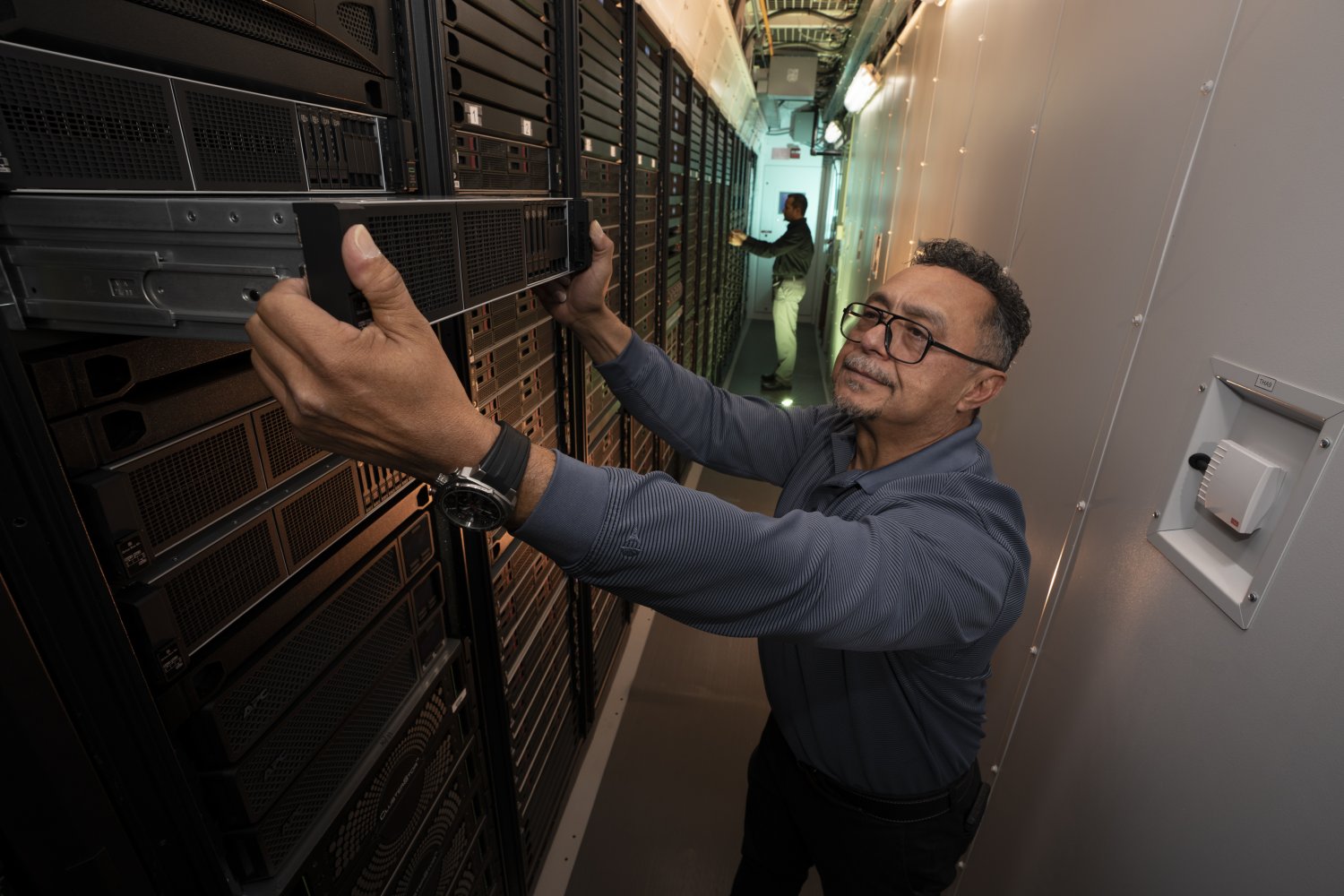Introduction to TX-GAIN
The Lincoln Laboratory Supercomputing Center (LLSC) has recently introduced the TX-Generative AI Next (TX-GAIN) computing system, which is the most powerful AI supercomputer at any U.S. university. This system has been ranked by TOP500, a biannual publication that lists the top supercomputers in various categories.
What is TX-GAIN?
TX-GAIN is a powerful AI supercomputer that enables researchers to achieve scientific and engineering breakthroughs. The system supports generative AI, physical simulation, and data analysis across all research areas. According to Lincoln Laboratory Fellow Jeremy Kepner, who heads the LLSC, "TX-GAIN will enable our researchers to achieve scientific and engineering breakthroughs."
Applications of TX-GAIN
The LLSC is a key resource for accelerating innovation at Lincoln Laboratory. Thousands of researchers tap into the LLSC to analyze data, train models, and run simulations for federally funded research projects. The supercomputers have been used to simulate billions of aircraft encounters to develop collision-avoidance systems for the Federal Aviation Administration, and to train models in the complex tasks of autonomous navigation for the Department of Defense.
Generative AI
TX-GAIN is especially equipped for developing and applying generative AI. Generative AI produces entirely new outputs, whereas traditional AI focuses on categorization tasks. At Lincoln Laboratory, teams are applying generative AI to various domains beyond large language models, such as evaluating radar signatures, supplementing weather data, and exploring chemical interactions to design new medicines and materials.
Technical Specifications
TX-GAIN is powered by more than 600 NVIDIA graphics processing unit accelerators specially designed for AI operations, in addition to traditional high-performance computing hardware. With a peak performance of two AI exaflops (two quintillion floating-point operations per second), TX-GAIN is the top AI system at a university, and in the Northeast.
Impact on Research
Since TX-GAIN came online, researchers have taken notice of its capabilities. According to Rafael Jaimes, a researcher in Lincoln Laboratory’s Counter–Weapons of Mass Destruction Systems Group, "TX-GAIN is allowing us to model not only significantly more protein interactions than ever before, but also much larger proteins with more atoms." The LLSC’s focus on interactive supercomputing makes it especially useful to researchers, allowing them to access powerful systems without needing to be experts in configuring algorithms for parallel processing.
Collaborations and Energy Efficiency
TX-GAIN is enhancing research collaborations with MIT’s campus, including the Haystack Observatory, Center for Quantum Engineering, Beaver Works, and Department of Air Force–MIT AI Accelerator. The LLSC systems are housed in an energy-efficient data center and facility in Holyoke, Massachusetts. Research staff in the LLSC are also tackling the immense energy needs of AI and leading research into various power-reduction methods.
Conclusion
The TX-Generative AI Next (TX-GAIN) computing system is a powerful tool for researchers, enabling them to achieve scientific and engineering breakthroughs. With its advanced capabilities and energy-efficient design, TX-GAIN is poised to make a significant impact on various research areas, from generative AI to physical simulation and data analysis.
FAQs
Q: What is TX-GAIN?
A: TX-GAIN is a powerful AI supercomputer at the Lincoln Laboratory Supercomputing Center (LLSC).
Q: What is the peak performance of TX-GAIN?
A: TX-GAIN has a peak performance of two AI exaflops (two quintillion floating-point operations per second).
Q: What are the applications of TX-GAIN?
A: TX-GAIN supports generative AI, physical simulation, and data analysis across all research areas.
Q: How is TX-GAIN used in research collaborations?
A: TX-GAIN is enhancing research collaborations with MIT’s campus, including the Haystack Observatory, Center for Quantum Engineering, Beaver Works, and Department of Air Force–MIT AI Accelerator.
Q: What is the energy efficiency of TX-GAIN?
A: The LLSC systems, including TX-GAIN, are housed in an energy-efficient data center and facility in Holyoke, Massachusetts, and research staff are leading research into various power-reduction methods.











